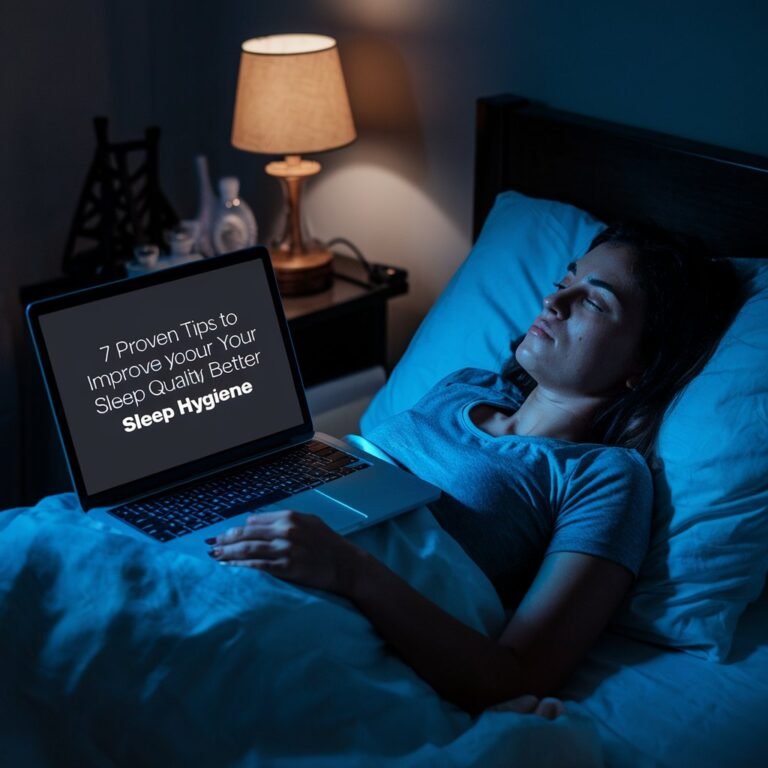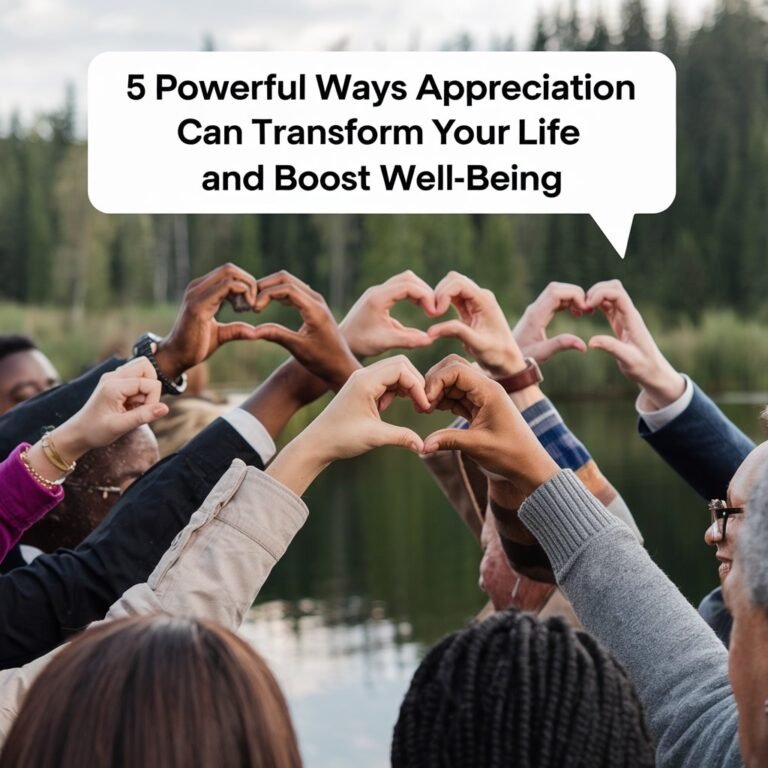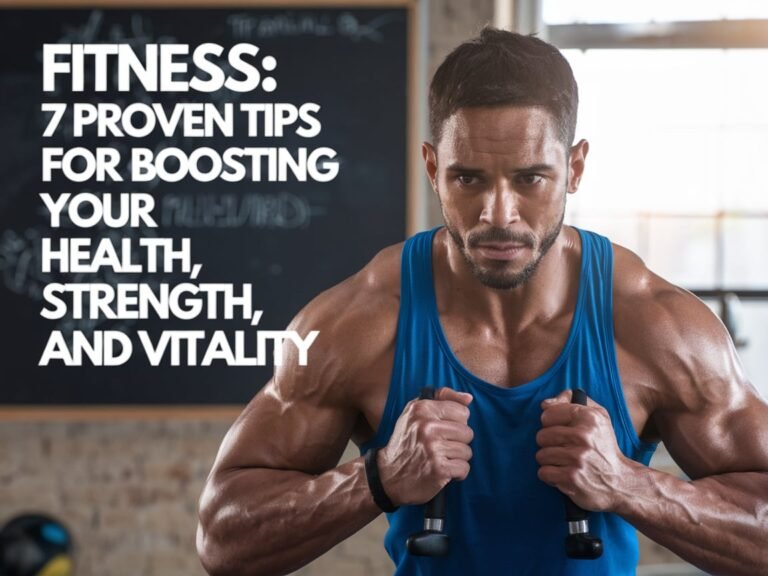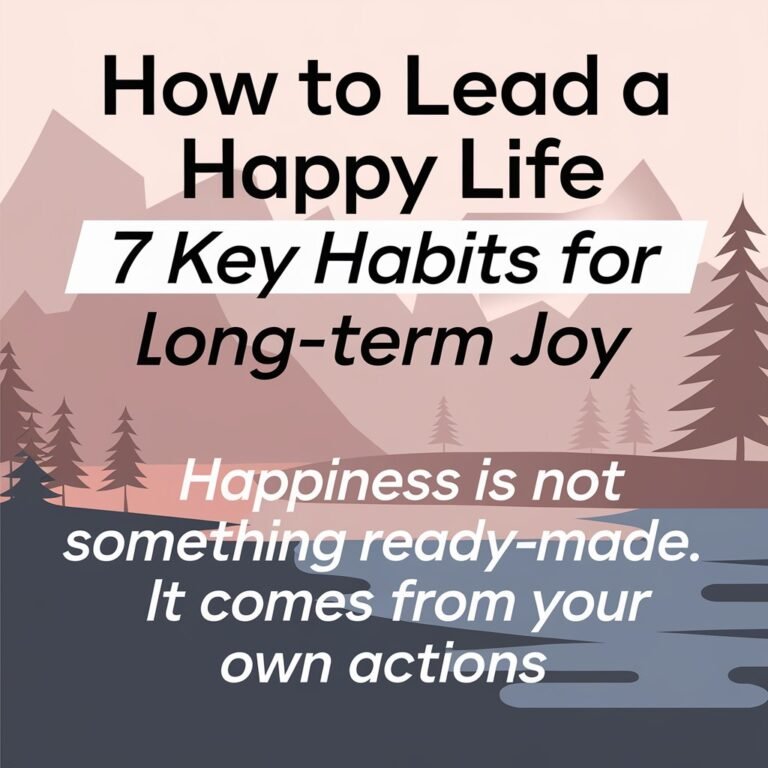
"Unlock the Power of Relaxation: 10 Proven Techniques to Relieve Stress and Boost Well-Being"
Meta Description:
Discover powerful body relaxation techniques that help reduce stress, improve health, and promote overall well-being. Learn how to relax your body and mind with these easy-to-follow tips.
Introduction: The Power of Body Relaxation

In today’s fast-paced world, we are constantly juggling between work, personal responsibilities, and societal pressures, leading to stress and physical tension. One of the most effective ways to combat these issues and restore balance is through body relaxation techniques. Relaxation isn’t just about taking a break from your hectic schedule—it’s about actively releasing tension in the body and calming the mind, leading to both short-term and long-term benefits.
Whether you’re looking to unwind after a stressful day, reduce muscle tension, or improve your sleep, the right relaxation techniques can do wonders. In this article, we will explore a variety of methods that can help you relax your body and mind, alleviate stress, and enhance your overall well-being.
Why Is Body Relaxation Important?
Before diving into the various techniques, it’s essential to understand why body relaxation is so important. Our bodies respond to stress by producing cortisol, a hormone that, in high levels, can lead to a range of health problems, including:
- Muscle tension and soreness
- Headaches and migraines
- Poor sleep quality
- Digestive issues
- Weakened immune function
- Increased anxiety and depression
By practicing relaxation, you can counteract the negative effects of stress, promote physical healing, and achieve a sense of calm. Regular body relaxation not only improves your mood but also supports your body’s natural ability to heal and rejuvenate.
Top Body Relaxation Techniques to Try
1. Progressive Muscle Relaxation (PMR)
Progressive Muscle Relaxation (PMR) is one of the most well-known techniques for reducing stress and tension in the body. The method involves tensing and then relaxing different muscle groups, starting from the toes and working your way up to the head. This practice helps increase awareness of muscle tension and teaches your body how to release it.
How to Practice PMR:
- Start by finding a quiet and comfortable space to lie down or sit in a relaxed position.
- Begin with your feet and tense the muscles for about 5-10 seconds.
- Release the tension and focus on the feeling of relaxation for 10-20 seconds.
- Move on to the next muscle group (calves, thighs, abdomen, etc.) and repeat the process.
- End with your facial muscles and head.
This exercise can be incredibly helpful for those who carry tension in specific areas of the body, such as the shoulders or neck. Over time, you’ll notice that you can relax your muscles more easily, even in moments of stress.
Learn more about PMR: MindTools: Progressive Muscle Relaxation
2. Deep Breathing Exercises
Deep breathing is one of the simplest and most effective ways to relax your body. When you breathe deeply, you activate the parasympathetic nervous system, which helps to counteract the stress response and encourage relaxation.
How to Practice Deep Breathing:
- Sit or lie in a comfortable position, ensuring your back is straight and your body is at ease.
- Place one hand on your chest and the other on your abdomen.
- Inhale slowly through your nose, allowing your abdomen to rise as you fill your lungs with air.
- Hold the breath for a few seconds, then exhale slowly and completely through your mouth.
- Repeat the process for 5-10 minutes.
Deep breathing can be combined with other relaxation techniques like meditation to enhance its effects.
Learn more about breathing exercises: American Lung Association – Breathing Exercises
3. Guided Meditation
Meditation is an excellent way to relax both the body and the mind. Guided meditation, in particular, is a great way to relieve stress, as it involves listening to a pre-recorded guide who leads you through a relaxing journey.
How to Practice Guided Meditation:
- Find a quiet space where you can sit or lie comfortably.
- Choose a meditation app, YouTube video, or recorded audio that focuses on relaxation.
- Follow the voice as it guides you to focus on your breath, visualize calming imagery, or bring your attention to different parts of your body.
- Allow yourself to relax and remain in the meditation for 10-30 minutes.
Guided meditation can be a great tool for beginners who are new to mindfulness practices. With time, it can lead to deeper relaxation and improved mental clarity.
Explore guided meditation resources: Calm App, Insight Timer
4. Yoga and Stretching
Yoga is a centuries-old practice that combines physical postures, breathing exercises, and mindfulness. Many yoga poses are specifically designed to relieve tension in the body and promote relaxation.
Simple Yoga Poses for Relaxation:
- Child’s Pose (Balasana): A gentle resting pose that helps release tension in the back, shoulders, and neck.
- Forward Fold (Uttanasana): A forward bend that stretches the hamstrings and calms the nervous system.
- Legs Up the Wall (Viparita Karani): A restorative pose that promotes relaxation by reversing the effects of gravity and calming the nervous system.
In addition to yoga, incorporating a regular stretching routine into your day can be incredibly beneficial. Simple stretches for the neck, shoulders, back, and legs can help alleviate stiffness and promote relaxation.
Learn yoga for relaxation: Yoga Journal – Relaxation Poses
5. Autogenic Training
Autogenic training is a relaxation technique that uses self-suggestions to help you relax by focusing on physical sensations in the body. This method is based on the idea that you can train your body to respond to certain cues, helping you achieve deep relaxation.
How to Practice Autogenic Training:
- Find a comfortable position and close your eyes.
- Focus on each part of your body and silently repeat phrases such as “My hands are warm” or “My legs are relaxed.”
- As you focus on each body part, visualize it becoming heavy, warm, and relaxed.
- Repeat this process for about 10-15 minutes.
Autogenic training can be especially helpful for individuals who suffer from chronic tension or anxiety. With practice, you’ll be able to enter a state of relaxation more easily.
Learn more about Autogenic Training: Psychology Today – Autogenic Training
Benefits of Body Relaxation
Practicing body relaxation techniques regularly offers a multitude of physical, emotional, and mental health benefits, such as:
- Reduced Muscle Tension: By consciously relaxing muscle groups, you can release tightness and reduce the risk of muscle strain or injury.
- Improved Sleep: Relaxation exercises before bed can promote deeper and more restful sleep, helping to combat insomnia and sleep disturbances.
- Lowered Blood Pressure: Relaxation techniques, especially deep breathing and meditation, can help reduce high blood pressure and promote overall cardiovascular health.
- Enhanced Focus and Clarity: A relaxed body leads to a calm mind, improving cognitive function, decision-making, and problem-solving skills.
- Increased Happiness: Reducing stress and tension can improve your mood, making it easier to manage negative emotions and promoting a sense of well-being.
- Boosted Immune Function: Lowering stress levels through relaxation can help strengthen your immune system, making you less susceptible to illness.
Tips for Incorporating Relaxation into Your Routine
To experience the full benefits of body relaxation, it’s important to make it a regular part of your life. Here are some tips for incorporating relaxation into your daily routine:
1. Set Aside Time Each Day
Set aside a specific time each day to practice relaxation. This can be in the morning, during lunch breaks, or before bed. Consistency is key to making relaxation a habit.
2. Start Small
If you’re new to relaxation techniques, start with just 5-10 minutes a day and gradually increase the duration as you become more comfortable.
3. Use Relaxation Apps
Many apps are designed to guide you through relaxation exercises, such as Calm, Headspace, or Insight Timer. These can be a helpful tool to keep you on track.
4. Create a Relaxing Environment
Find a quiet, comfortable space to practice relaxation. You can use calming music, dim the lights, or use aromatherapy to create an ideal setting.
Frequently Asked Questions (FAQs)
1. How often should I practice body relaxation techniques?
For optimal results, aim to practice body relaxation techniques daily. Even just 10-15 minutes a day can help reduce stress and promote overall well-being.
2. What is the best time of day to practice relaxation?
The best time to practice relaxation depends on your schedule and goals. Many people find it effective to practice relaxation in the morning to start the day with a calm mind, or at night to unwind before bed.
3. Can relaxation techniques help with chronic pain?
Yes, many relaxation techniques, such as progressive muscle relaxation and yoga, can help reduce chronic pain by improving muscle relaxation and blood circulation. However, it’s important to consult a healthcare provider if you suffer from severe pain.
4. Is guided meditation better than self-guided meditation?
Both guided and self-guided meditation can be effective. Guided meditation is ideal for beginners or those who need extra support, while self-guided meditation offers more freedom and flexibility once you become more experienced.
5. Can I use body relaxation techniques during stressful situations?
Absolutely! Many relaxation techniques, such as deep breathing, can be practiced during stressful moments to quickly calm the mind and body. With practice, you can learn to relax even in high-pressure situations.
Conclusion: Make Relaxation a Priority for Better Health
Body relaxation is more than just a way to unwind; it’s a vital part of maintaining overall health and well-being. With the right techniques, you can reduce stress, improve physical health, and foster mental clarity. Whether you choose progressive muscle relaxation, deep breathing, guided meditation, or yoga, the key is to find the methods that work best for you and incorporate them into your daily routine.
By prioritizing relaxation, you’re not just giving your body a break—you’re investing in a healthier, happier life. So take a deep breath, find a quiet space, and begin your journey to a more relaxed you today.
Additional Resources
- National Institute of Mental Health (NIMH): Explore more about stress management and mental health.
- American Psychological Association (APA) – Stress Management: Learn more about effective strategies for managing stress.
- Headspace: Guided meditation and mindfulness app to help you relax.
- Calm: An app for meditation, sleep, and relaxation techniques.
- Yoga Journal: Learn various yoga poses for relaxation and stress relief.





